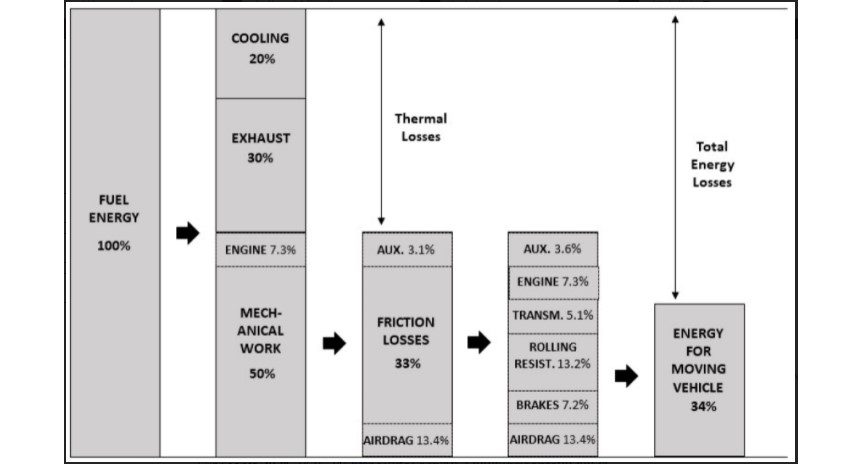Significance of Sustainable Lubricants
Significance of Sustainable Lubricants – Energy is the prime mover for virtually all activities of existence, and it contributes to prosperity and lifts billions of people out of poverty. On the other hand, this leads to a relentless demand for natural resources.
There have been many attempts, some more successful than others, to bridge the gap between our demand for energy and the pernicious effects that can result from designing machinery and instruments which are still able to meet society’s needs while concurrently decreasing our reliance on fossil fuels for this energy.
A main component of achieving this objective is the reduction of wasteful systemic losses through wear and friction, which take a substantial toll on the performance of these machines. Identifying the components of a technology that have the most pronounced effect on the ecosystem is an alternate route to attempt to decrease or completely offset this impact.
The development of appropriate lubricant technology is vital to protect machinery from frictional wear and subsequent energy loss. Lubricants are highly functionalized products meeting a multitude of requirements simultaneously. Today, they meet demanding technically oriented specifications. In the future, non-technical criteria, such as eco-toxicological properties and/or sustainability, will be loaded on top of already demanding requirements.
Composed of a wide variety of products, industrial lubricants can possess vastly different physical and chemical properties, depending on their tribological application. Liquid lubricants, such as petroleum oil, synthetic hydrocarbons, polyglycols, esters, silicones, and phosphate esters, are typically combined with various additives to enhance desirable chemical properties. Petroleum oil, especially, experiences prominent commercial success as a lubricant due to its availability in a wide viscosity range and good viscosity-pressure characteristics. On the other hand, solid lubricants, such as graphite and molybdenum disulfide, are commonly used under severe circumstances of elevated temperature, heavy load, ultra-low temperature, ultra-high vacuum, strong oxidation, and extreme radiation.
Click on the image that follows and read the article “The Economic and Environmental Significance of Sustainable Lubricants” in the digital magazine “LUBES EM FOCO – issue 85” :
In particular, graphene possesses high chemical inertness, extreme strength, and easy shear capability on its densely packed and atomically smooth surface, which allows for its tribological application to nano-scale or micro-scale systems. Biolubricant, the primary focus of our discussion, is a classification that applies to all lubricants that are easily biodegradable and non-toxic to the environment and humans.
Biolubricant products either contain naturally occurring vegetable oils/animal fats or synthetic esters derived from chemical modifications and different catalytic processes. Common strategies to modify vegetable oils include transesterification reactions, epoxidation, hydrogenation, and estolides formation, with an emphasis on enhancing physicochemical properties while minimizing production costs.
Economic Saving Potentials
In heavy-duty vehicles, frictional losses in the engine, transmission, and other components comprise a major portion of the vehicles’ energy consumption profile.























